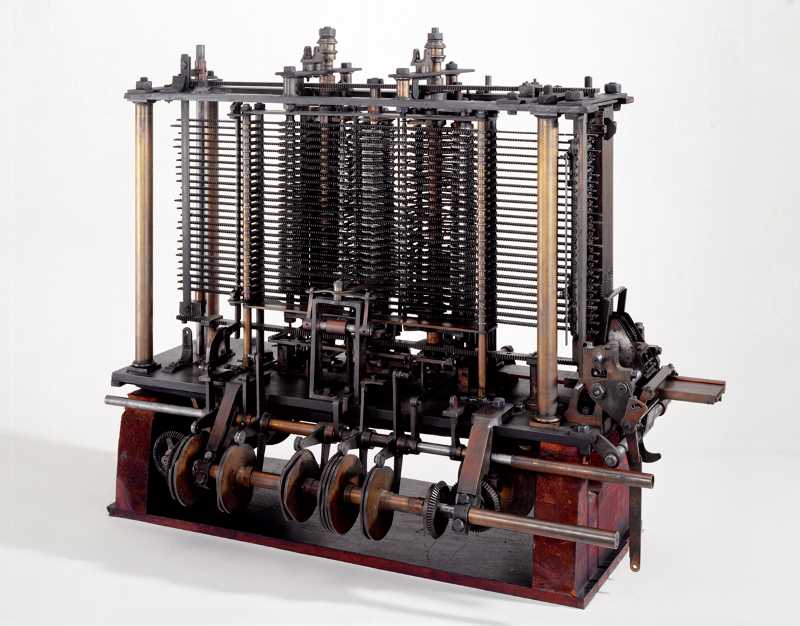How Ada Byron Punched Her Way Into Computing History
While pioneers like Alan Turing and Bill Gates are household names, Ada Byron remains lesser-known, despite being the intellectual matriarch of modern computing. Imagine, more than a century before we had actual computers, Ada envisioned a machine that could be programmed to make calculations.

In the annals of history, certain names are often left in the shadow of their more celebrated counterparts. Among those sidelined is Ada Byron, the 19th-century visionary whose contributions paved the way for the technological marvels of today. Armed with a distinguished lineage and an unparalleled intellect, Ada was the epitome of a polymath, adept in both literature and science. Her works have been groundbreaking, yet her story is far from being a mainstream narrative.
Born in 1815 as the daughter of the poet Lord Byron and his wife Anne Isabella Milbanke, who was a mathematician, Ada Byron was destined for greatness. Unlike many women of her time, Ada was given an education that was rigorous and expansive, including disciplines such as geography, botany, astronomy, and most importantly, mathematics. This wasn't just a mark of progressive parenting but a strategic move, especially from her mother, who believed that immersing Ada in scientific rigor would temper the mood swings and romantic idealism for which her father was infamous.
Ada's social milieu was as extraordinary as her education. Belonging to an aristocratic family, she had the privilege of attending high society gatherings frequented by the leading intellectuals of her era. It was in these rarefied circles that she crossed paths with Mary Somerville, the so-called “queen of science” in Victorian England, and Charles Babbage, an eccentric inventor known for his innovative ideas.
The Birth of the Analytical Machine
Babbage would go on to become Ada’s closest friend and collaborator in one of the most audacious projects of their time: the design and construction of an “Analytical Machine.” This wasn’t just any machine; it was conceptualized to perform more than just rudimentary calculations. The groundbreaking idea was that it could be programmed. Yes, programmed—more than a century before the first actual computers came to be.
But what set Ada apart in this venture was her ingenuity in suggesting the use of punched cards to operate the machine. This innovation didn't arise from a vacuum; it was inspired by a visit she and her mother had made to the industrial areas of northern England. There they witnessed the first mechanical looms that used punched cards to instruct different types of stitches. Ada recognized the potential for applying the same mechanism to computing, and her idea would eventually be implemented in the first computers of the 1960s.

A Visionary Text
Not just content with engineering insights, Ada's literary prowess shone through in an introduction she wrote for an article by Italian scientist Luigi Federico Menabrea. The article itself discussed analytical machines, but Ada's introduction took the concept several steps further. She predicted that these machines could extend far beyond calculations; they could be used for tasks like playing music, painting, and even more complex computational work. These were not mere musings; they were predictions that would become a reality nearly a hundred years after she put pen to paper.
While pioneers like Alan Turing and Bill Gates are household names, Ada Byron remains lesser-known, despite being the intellectual matriarch of modern computing. The impact of her work reverberates through every smartphone, every GPS device, and every digital painting tool that we use today. To say that her contributions are immeasurable would be an understatement; they are foundational.
As we navigate the complexities of our modern, tech-driven world, let us not forget Ada Byron—the overlooked mother of computing whose vision shaped our reality. Her story is not just a footnote in the history of science; it is a chapter that deserves to be read, celebrated, and most importantly, remembered.




